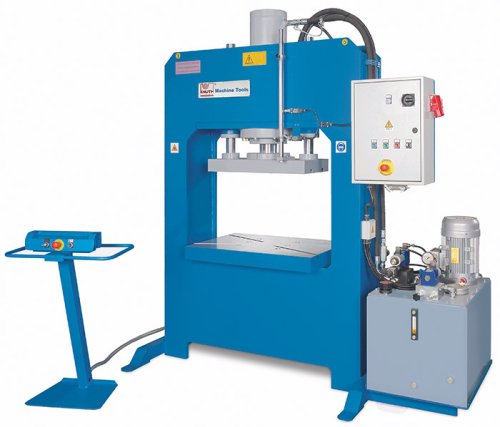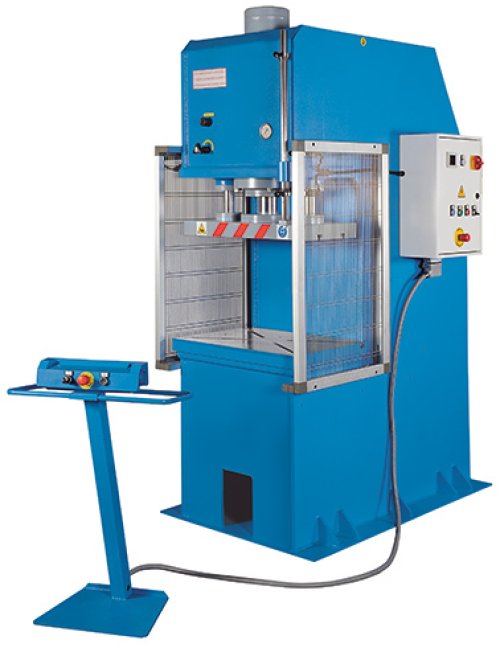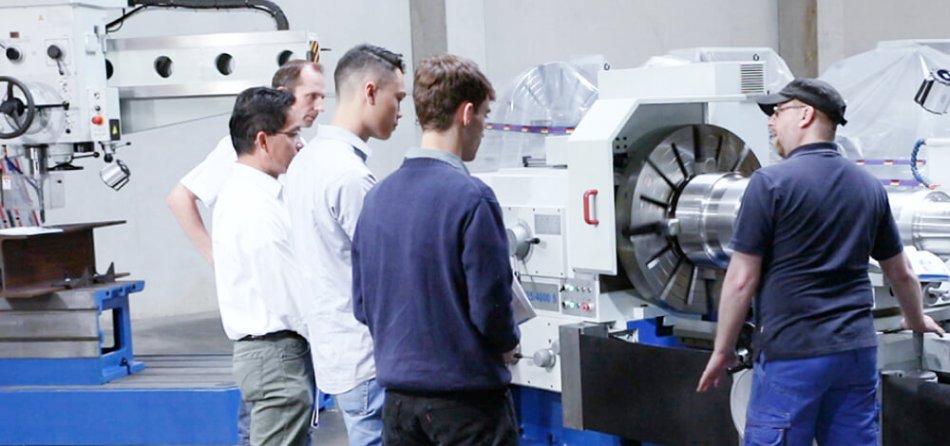Hydraulic Presses
The wide range of applications of a hydraulic press is reflected in its variety of designs and functions. With the right tools, a hydraulic press can be used in bushings as well as in embossing, deep-drawing, cutting, punching, and forming processes. The designs range from open, easy-to-load frames with low rigidity to the particularly rigid 4 column hydraulic press with high press force. KNUTH offers these as well as hydraulic C frame press, hydraulic H frame press and compact, horizontal hydraulic straightening press systems.
The wide range of applications of a hydraulic press is reflected in its variety of designs and functions. With the right tools, a hydraulic press can be used in bushings as well as in embossing, deep-...
read more



